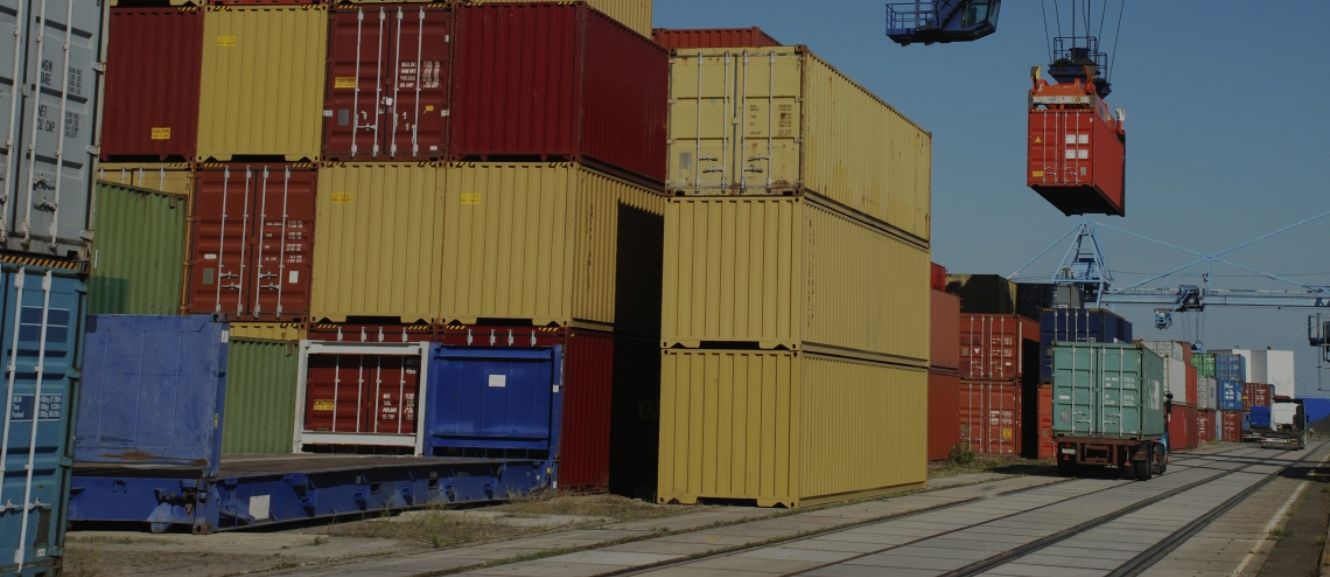Explaining the Process of Freight Forwarding

Freight forwarding is the preferred mode of transportation for corporations that send products over international boundaries, but individuals may also utilize it. Freight forwarders organize goods shipment using various transportation forms, such as trucks, aircraft, trains, and ships. However, if you know nothing about delivering products, freight forwarding may be intimidating. As a result, if you work for an international transportation firm, it is to your best advantage to understand all you can about freight forwarding.
Freight forwarding firms offer the service of transporting goods from one place to another. The freight forwarder’s role is to serve as a middleman between the shipper and the transportation firm. They are in charge of all logistics, from storage to shipment. They also debate and agree on a reasonable transit charge and choose the most efficient, quickest, and cost-effective route.
Using the services of freight forwarding companies may help your organization. They might help you distribute your stuff to the end consumer. Because they are experts in this industry, you can be confident that your package will arrive on time and intact. Freight forwarding businesses eliminate the burden and uncertainty associated with transporting items overseas. They may also ease part of your stress by assisting you in packing your merchandise.
Choosing a freight forwarder with a good reputation in the business is critical. This ensures they have a thorough understanding of the sector and a robust contact network. The same is true for freight forwarders; they can quickly and efficiently deal with and fix any difficulties that develop during the passage of your items. Do you need the services of a dependable Freight Forwarding Companies? Choose CargoMaster. CargoMaster is an independent freight forwarding and logistics company established in Australia.
Because you’ll be relying on a freight forwarder to convey your goods, getting along with them is to your best advantage. It is not enough to look for a reputable and trustworthy organization; you must also look for one that gives excellent service to its consumers. This ensures that your delivery will arrive on time and in one condition. Before sending your consignment to a freight forwarding business, ensure that all relevant shipping documentation is in place.
How to Save Money When Forwarding Your Cargo

It is critical to examine expenses while picking which freight forwarding business to hire in Australia. Price is particularly actual if your company needs freight forwarding services. Consumers often tell freight forwarders that they believe shipment agreements are definitive and cannot be changed. While everyone is used to the standard delivery and accompanying prices, this suggests alternative possibilities.
The best way to save freight costs is to send many things simultaneously, slow delivery and spread out expenditures over an extended period. It is also feasible to locate many smaller deliveries and merge them into one more oversized item. You can be assured that this will lower your costs. Encourage your customers to make more excellent purchases. For example, shipping six pallets at once is significantly more cost-effective than sending two pallets every two days.
You might employ a variety of modes of transportation to reduce freight forwarding costs. As a result, combining land, air, and sea transportation make it feasible to save time and money on a vehicle. Use the most cost-effective transportation solutions. For example, if the cost of air shipping exceeds your budget but the time necessary to deliver across the ocean is too long, you may combine air and ground delivery. Make sure you do the math since not everything is equal in value.
Due to present market conditions, freight forwarders cannot assist their customers with growing marine freight charges. However, you must investigate your options to make the most of your money. It’s the same with cargo shipment. The best forwarder will save your expenditures and enhance your carrier relationships. Collect bids from several firms and compare them side by side.
Instructions for Efficiently Handling Materials

Material handling transports finished items and raw materials inside a warehouse or factory or to a delivery truck. Material handling comprises transferring, storing, securing, and managing things. Losing or damaging anything can affect your productivity. Thus safe storage, careful handling, and speedy transfer are necessary. Material handling is manual, semi-automated, and automatic. Therefore, different categories need different components and tactics.
Bulk material handling activities pose a high risk of loss and damage, necessitating extra caution from Dubai logistics companies. The more established Dubai freight forwarding companies will likely use specific methods and processes for material management. It is also critical to ensure that clients are satisfied while staying under budget.
Handle materials in many ways and places. An essential thing you can do is make the most use of every available area in your warehouse. Some technique of making better use of existing space is needed to optimize productivity and participation from a larger group. Material handling becomes more efficient when you learn to use vertical space.
While the details of how a firm or industry manages its materials may vary, the basic notion of limiting wasteful resource consumption remains consistent. It enhances production across the board by making the workplace less risky. The material’s handling is affected by whether it is manual or automated. As predicted, the yield with human handling is low but high with automatic handling. Logistics firms gain from efficient material handling.
